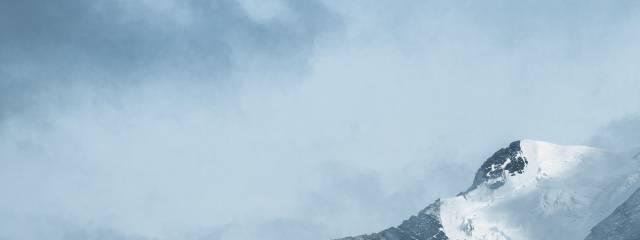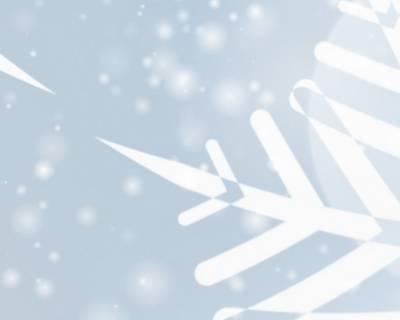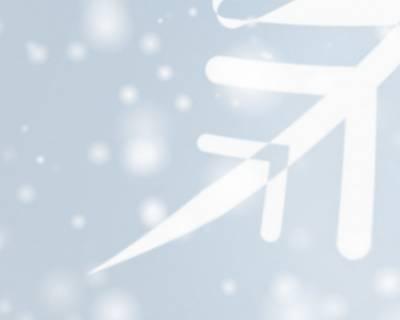[description]
This book is abbreviated as Zi Sheng Jing, written by Wang Zhi-zhong of the Song Dynasty. It covers back transport point locations, indications, acupuncture and moxibustion methods, acupoint selection and treatment of various diseases, etc. It is widely used in It is written based on the author's clinical experience and references to previous books on acupuncture and moxibustion. After the book was written, it was first published by Wang himself in Liyang (now Lixian County, Hunan) at an unknown time. It was later engraved in Hailing (now Taizhou City, Jiangsu Province). By the fourth year of Shaoding, the above two editions no longer existed. Zhao Lun, the official of Chaosan Lang and Liyang County, republished it again in order to promote his biography.
This book has 7 volumes in total; Volume 1 discusses acupoint name, location, indications, and moxibustion. The arrangement method of acupoint is slightly the same as
Tongren Acupoint Moxibustion Illustration. The recorded acupoints such as Dushu (BL16), Qihaishu (BL24), and Fengshi (GB31), as well as the 21 effective folk acupoints such as Meichong (BL3), nose, Dangyang (EX-HN2), and Bailao, are all
The Bronze Man acupoint acupuncture and moxibustion Illustrated Book is not included in the book. It is for Pohu (BL42), Dahui, Jugu (LI16), Zhaohai (KI6), Shenmai (BL62), Huangmen (BL51), Jiuwei (CV15) ) The various acupoint errors and the research on Zusanli (ST36) acupoint method are of certain value. Volume 2 discusses acupuncture and moxibustion precautions and general theoretical issues, such as "acupuncture and moxibustion medicine", "acupuncture avoidance", "food avoidance", "body cun", "on the number of strong points", etc., emphasizing acupuncture and moxibustion moxibustion The principle of combined use of medicines. Based on previous experience, this book clearly proposes the body cun method of "Neiting (ST44) of the second segment of the right middle finger of the right hand for men and women, the distance between the two horizontal lines is one inch", which has been used to this day and is the recognized standard for acupuncture and moxibustion acupoints. . Volumes 3 to 7 discuss the point selection of various diseases based on syndrome differentiation/pattern identification and specific acupuncture and moxibustion methods. They are rich in content, especially the use of various moxibustion based on the syndrome,
Zishengjing provides a comprehensive and systematic summary of
Acupuncture and Moxibustion achievements before the Song Dynasty, which has an important influence on later generations of
Acupuncture and Moxibustion.
The current main versions of this book are: Yuan Guangqin Shoudang's copy, Ming Zhengtong 12th year (1447) Ye's Guangqin Shutang copy, Rikuanwen's ninth year (1669) Murakami's engraved version,
Siku Complete book, proofread by Shanghai Science and Technology Press in 1959.













